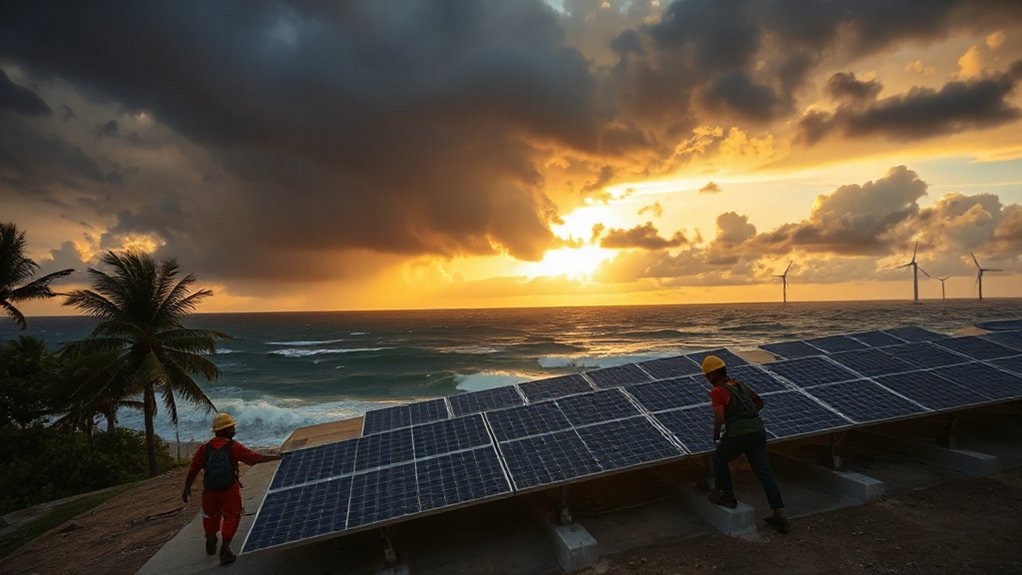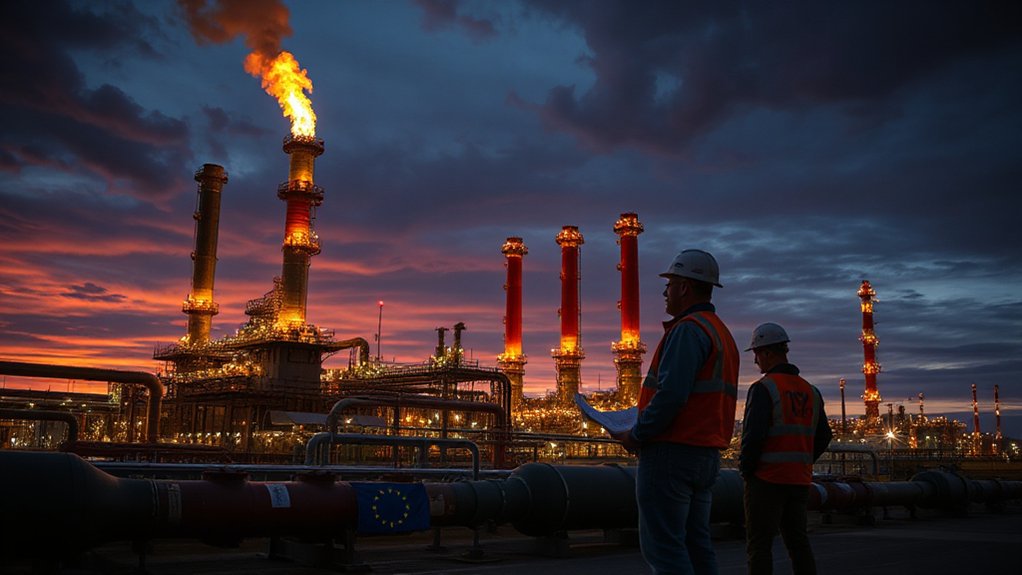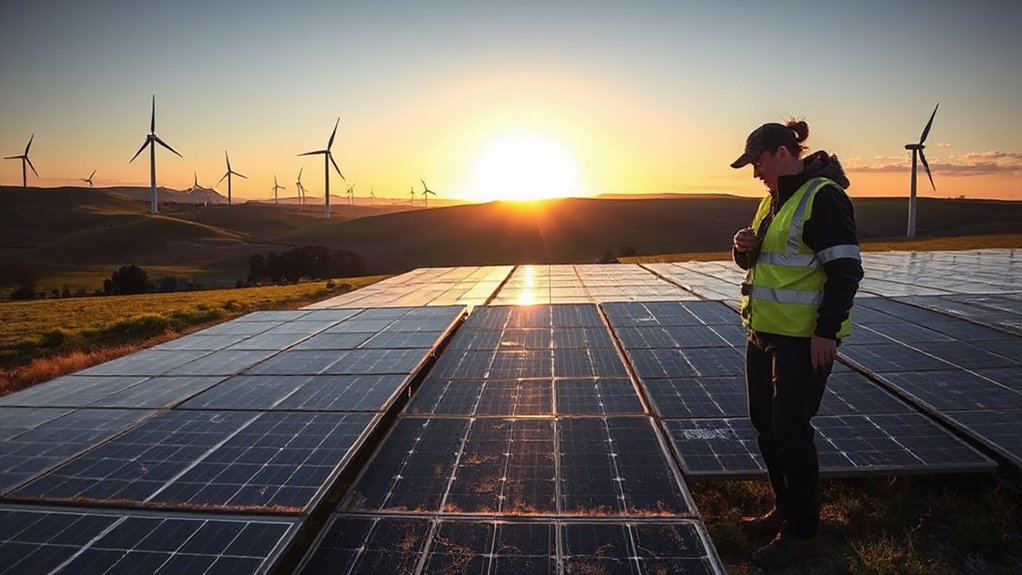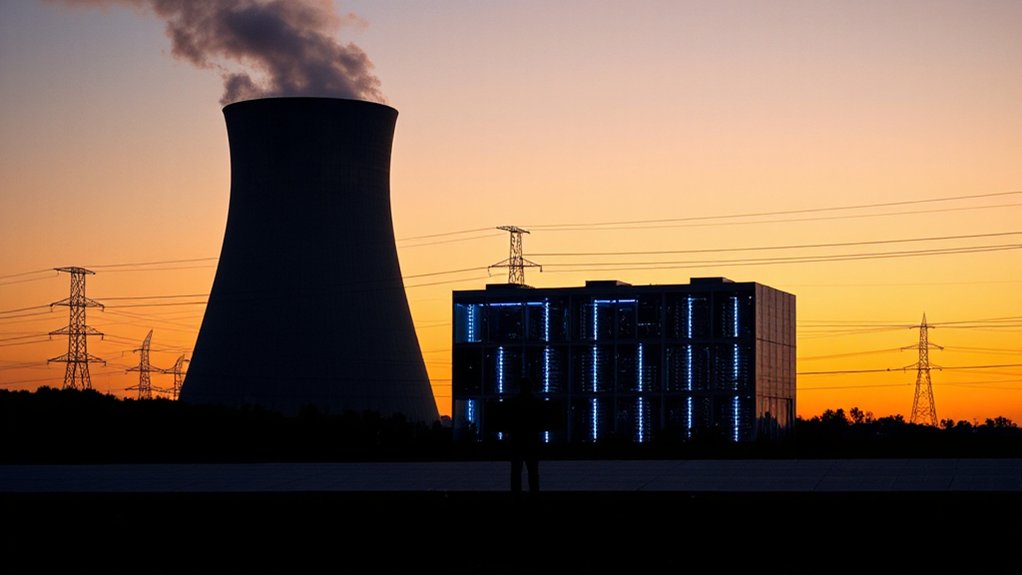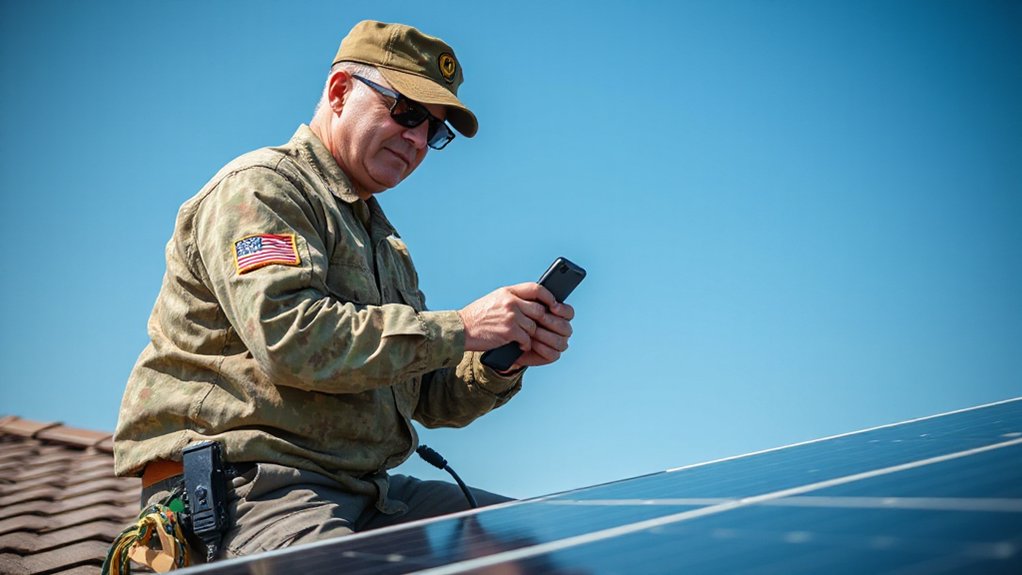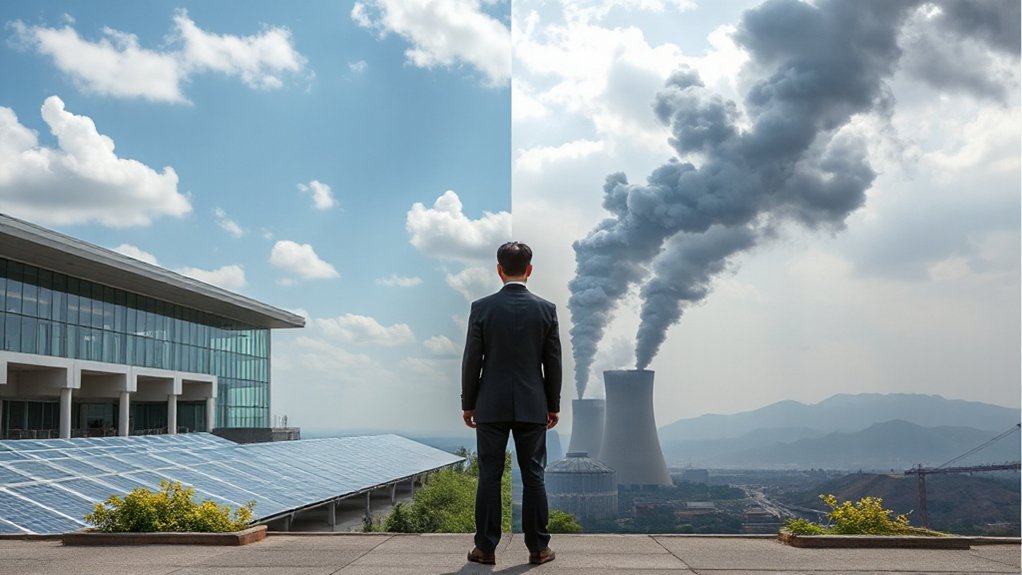While typhoons have historically ravaged the Philippines with merciless fury, renewable energy infrastructure across the archipelago now faces its ultimate test. Mother Nature’s about to throw her worst punches, and we’re about to find out if all those fancy engineering solutions were worth the extra cash.
Those typhoon-hardened solar installations didn’t come cheap. They cost up to 25% more than standard systems. Worth it? We’ll see. Wind turbines aren’t exactly delicate flowers either, with foundations plunging 20 meters deep into 500 cubic meters of reinforced concrete. That’s a swimming pool’s worth of concrete per turbine. Overkill? Maybe not when winds hit 250 km/h.
Typhoon-ready energy doesn’t come cheap, but when Mother Nature unleashes her fury at 250 km/h, every extra peso counts.
The smart money’s on tech, though. SCADA systems with their real-time monitoring might save the day. When communication goes down—and it will—automated protocols kick in. Turbines shut down. Panels stow themselves. No humans required, thank goodness.
What’s fascinating is how renewables might actually keep the lights on when everything else fails. Solar-plus-storage systems are already competing with gas and coal on cost. Distributed systems can maintain power locally when the big grid throws in the towel. Pretty handy when you’re stuck in the dark for days. These systems benefit from low maintenance costs compared to traditional power generation, making them ideal for disaster-prone regions.
The government’s been pushing this shift since the Renewable Energy Act of 2008. Tax incentives. Feed-in tariffs. The works. Coal’s still king at 61.9% of the mix, but it’s slipping. In fact, the country is witnessing the first annual decline in coal-fired power generation in decades. Down from 63,759 GWh last year. Renewables are climbing, hitting 32.7%. The transition to renewables is expected to provide Filipinos with lower electricity costs while reducing reliance on imported fuels.
The clock’s ticking on climate targets. 2025’s a big year for Paris Agreement pledges. The Philippines is eyeing renewables for 74% of electricity by 2050 in aggressive scenarios. Ambitious? Sure. But climate change isn’t exactly giving them a choice.
References
- https://about.bnef.com/insights/clean-energy/solar-shines-the-path-for-the-philippines-to-reduce-reliance-on-fossil-fuel-imports/
- https://ieefa.org/resources/clean-energy-driving-coals-decline-philippines-not-lng
- https://www.acenrenewables.com/2025/08/renewable-energy-capacity-philippines/
- https://www.global-climatescope.org/markets/philippines
- https://cleantechnica.com/2025/11/09/renewable-energy-infrastructure-resilience-tested-as-a-supertyphoon-approaches-the-philippines/
- https://www.statista.com/outlook/io/energy/renewable-energy/philippines
